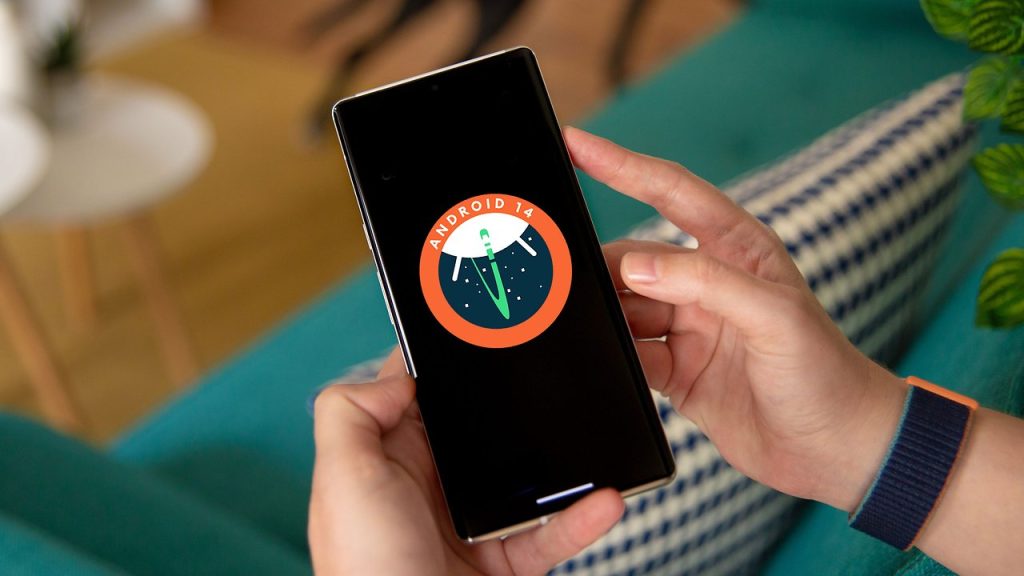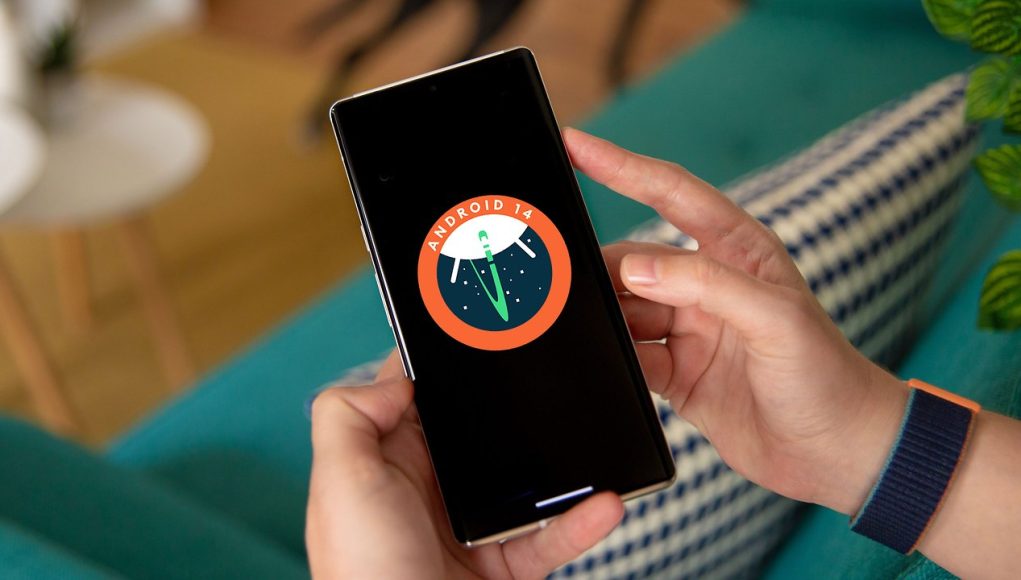Google released Android 13 last year, and now they’re gearing up to launch Android 14 this year. Although still in the testing phase, some anticipated features and improvements for Android 14 have surfaced online. One notable highlight is its support for satellite connectivity on smartphones, enabling users to send emergency messages even in areas without cellular or WiFi coverage. Apple previously introduced this feature with the iPhone 14 series.
According to a tweet from TeamPixel (@GooglePixelFC) on Twitter, Android 14 will offer satellite connectivity support for SMS and other functionalities, specifically on smartphones equipped with the required hardware. Android 14 will release to the public in August 2023 “expected”. It’s likely that Google Pixel and Samsung Galaxy users will be the first to access this feature. However, the manufacturer must install the necessary hardware on other Android devices for them to use satellite-based communication.
Once available, this feature will be a significant aid for smartphone users in remote regions where cellular networks or WiFi are inaccessible. The ability to send SMS messages via satellite connectivity ensures uninterrupted communication during emergencies.
Apple’s emergency SOS via satellite feature initially launched with the iPhone 14 series in the US and Canada and later expanded to include more countries such as the UK, France, Germany, Ireland, Austria, Belgium, Italy, Luxembourg, the Netherlands, and Portugal. This feature not only allows users to contact emergency services but also enables them to share their location with friends and family through the Find My app.

picture from https://www.nextpit.com/android-14
Android 14 is an exciting development that aims to enhance communication capabilities, especially in areas with limited or no traditional network coverage. Here are some additional details about this feature:
Emergency Messaging
Hardware Requirements: While Android 14 will bring support for satellite connectivity, not all smartphones will have access to this feature by default. The capability relies on specific hardware components that enable satellite communication. Therefore, devices like Google Pixel and Samsung Galaxy, which are likely to have the necessary hardware, may be the first to support this functionality. For other Android phones to utilize satellite-based communication, manufacturers must equip them with the required hardware.
Location Sharing
Similar to Apple’s emergency SOS via satellite feature, Android 14’s satellite connectivity is expected to offer location-sharing functionalities. Users may be able to share their precise location with friends and family members through apps like Google Maps or Find My, allowing loved ones to keep track of their whereabouts in emergency situations.
International Expansion:
Like Apple’s implementation, it’s possible that Google may initially release the satellite connectivity feature in specific regions and then gradually expand it to other countries. This could be due to regulatory approvals, satellite coverage availability, and other logistical considerations.
For further information:
https://www.nextpit.com/android-14
Global Impact
The satellite connectivity in Android 14 has the potential to make a significant impact on global communication. Users in rural and remote areas, disaster-stricken regions, and places with inadequate network infrastructure stand to benefit the most from this feature, as it ensures they stay connected and can reach out for help when needed.
One of the key benefits of satellite connectivity is its ability to enable emergency messaging. Users will be able to send emergency SMS alerts even in remote regions or during natural disasters where cellular networks and WiFi may be unavailable or disrupted. This feature ensures that users can reach out for help or inform their contacts about critical situations when traditional communication channels are unavailable.
It’s essential to keep an eye on official announcements from Google as they may provide more in-depth details about the specific functionalities and availability of satellite connectivity in Android 14. As with any upcoming feature, there may also be updates and refinements during the testing phase to ensure a seamless and reliable user experience.
Read more articles: https://scitechupdate.com/index.php/2023/08/03/chinas-new-hyperloop-train-completes-first-test-runs-successfully-speed-1000-km-hr/









[…] For other articles https://scitechupdate.com/index.php/android-14-satellite-sms-for-everyone/ […]
[…] other article: https://scitechupdate.com/index.php/android-14-satellite-sms-for-everyone/ […]
[…] https://scitechupdate.com/index.php/android-14-satellite-sms-for-everyone/ […]